COVID-19 wasn't the only thing in the news this year - though it might have felt like it. We've chosen our favourite positive science news stories from this year to prove that it wasn't all doom and gloom.
1
NASA plans the first woman on the Moon
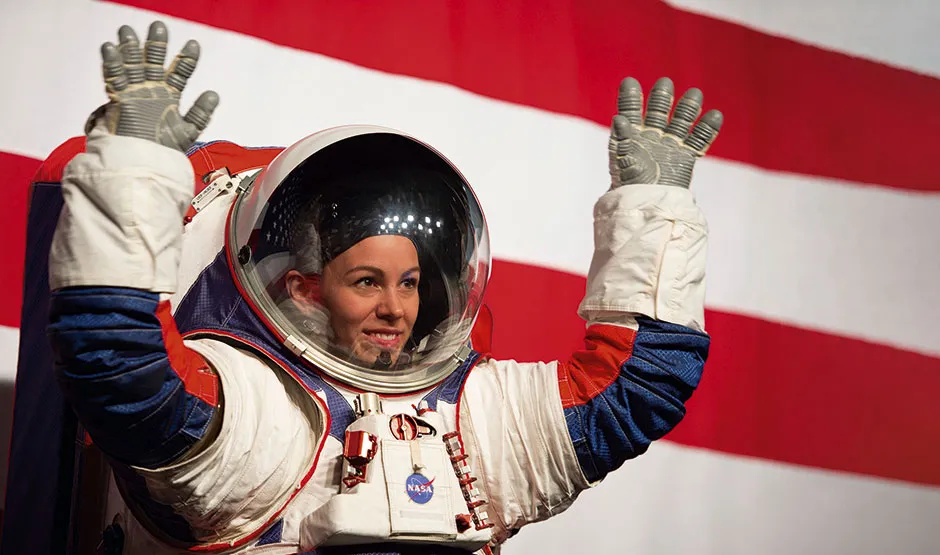
In September, NASA announced its plans to land the first woman, and next man, on the Moon by 2024 as part of its Artemis missions.
The space agency is close to finishing work on its cutting-edge Space Launch System (SLS) and Orion spacecraft – the vessel that it hopes will take humans back to the Moon and then, later, on to Mars.
The missions will begin with Artemis 1, an uncrewed test flight of SLS and Orion currently planned for November 2021. The mission will last for 26 days and include six days in lunar orbit.
Artemis 2, the first crewed mission for Orion, is currently planned for August 2023. The spacecraft will perform a flyby of the Moon before returning to Earth. If successful, it’ll be the first crewed spacecraft to leave low Earth orbit since Apollo 17 in 1972.
It’s hoped that October 2024 will see the launch of Artemis 3 – the first crewed mission to the Moon for more than 50 years. Two of the mission’s four astronauts will try to land on the Moon aboard the Human Landing System, while two remain in orbit on Orion.
“As we’ve solidified more of our exploration plans in recent months, we’ve continued to refine our budget and architecture. We’re going back to the Moon for scientific discovery, economic benefits and inspiration for a new generation of explorers,” said NASA Administrator Jim Bridenstine.
2
World's longest animal discovered in Australian waters
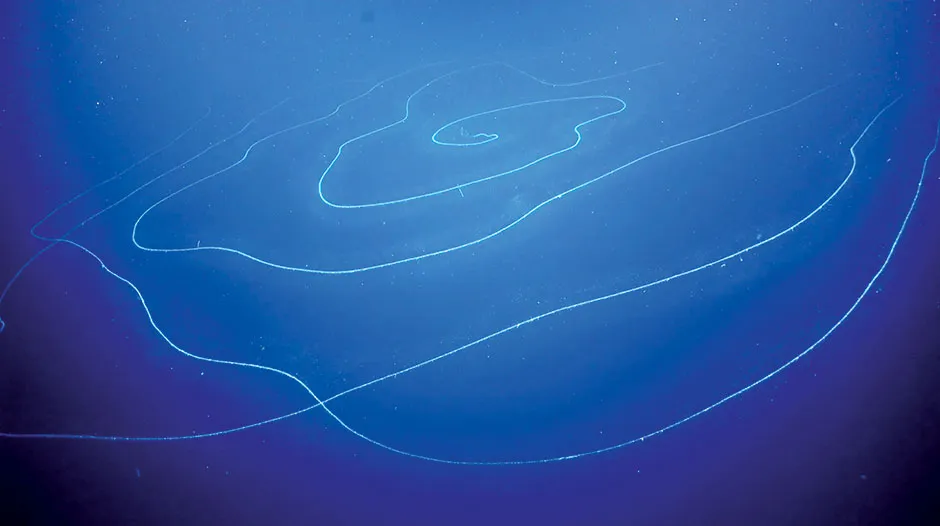
The discovery of what could be the longest animal ever recorded was announced in April. The 46m-long siphonophore was found in a deep-sea canyon off the west coast of Australia by researchers from the Western Australian Museum, and a submersible robot called ROV SuBastian.
A siphonophore is a colonial organism made up of lots of individual animals called ‘zooids’ that reproduce asexually. Each zooid performs a particular function for the siphonophore – like the cells in our bodies – so that the colony acts together as one long chain.
The researchers also found what might be 30 other new species during their expedition, which took them to depths of 4.5km.
3
AI taught to spot when a mouse is happy or sad

A study published in April revealed how neuroscientists at the Max Planck Institute of Neurobiology used machine learning, a type of artificial intelligence, to identify the emotions of mice. By monitoring patterns of muscle movements in a mouse’s face and ears, an algorithm was able to pick out the expressions that corresponded to pleasure, pain, malaise and disgust.
The researchers generated these emotions by triggering different senses. The taste of a sweet liquid revealed the look for pleasure; a small electric shock elicited pain; an injection of the drug lithium chloride caused illness; and a bitter fluid evoked disgust.
4
Key to cancer’s emergency brake unlocked
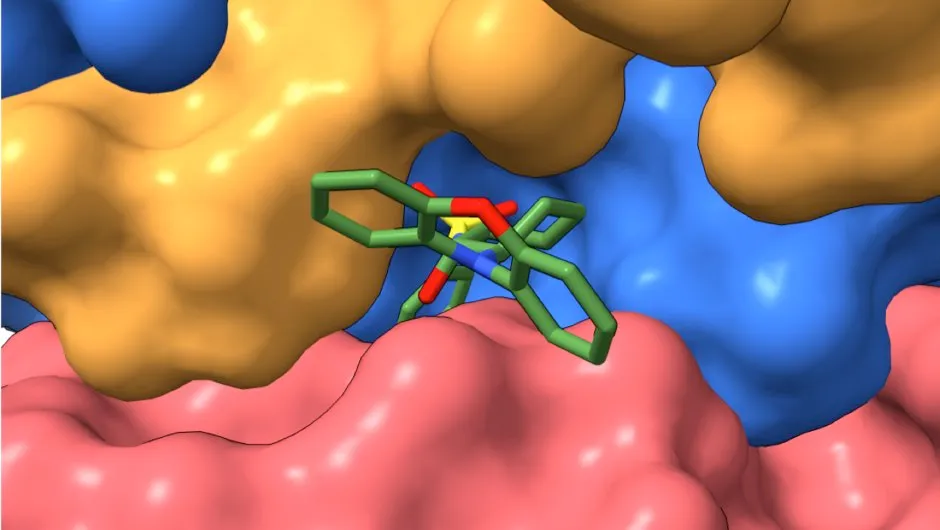
The compound that activates an enzyme capable of suppressing tumours was discovered by a team at the University of Michigan in the early part of 2020.
The breakthrough is centred on PP2A, a type of enzyme produced by the human body that stops a tumour growing by breaking down proteins used by the cancer to duplicate.
There are certain compounds that can increase the activity of PP2A, helping it to kill cancer cells, but scientists didn’t understand how these compounds, or the enzyme, interacted with the tumour’s proteins. Until now.
By designing a molecule that could attach to a PP2A enzyme and using a special type of microscope, the team was able to “see precisely how different parts of the protein were brought together and stabilised by the compound,” said the study’s co-senior author Derek Taylor, an associate professor at Case Western Reserve University, in Ohio.
The team is now working on turning this knowledge into a treatment for cancer.
5
Asteroid-grabbing spacecraft returns with rock
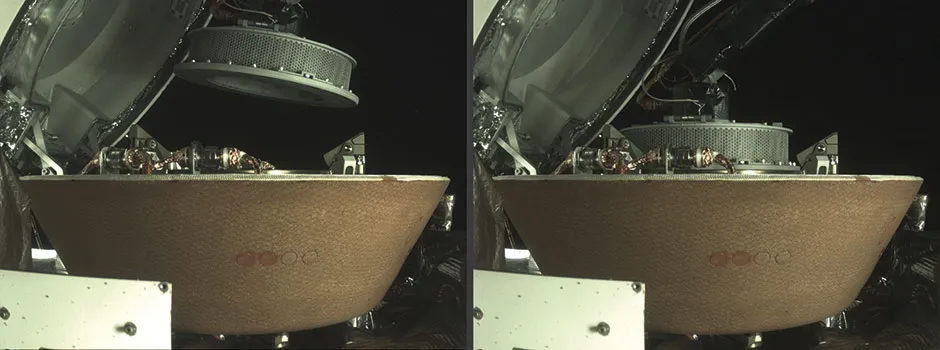
NASA’s OSIRIS-REx mission had three extraordinary goals when it launched in September 2016: land on an asteroid, collect samples and return them to Earth. By the end of October 2020, the first two had been successfully completed.
The mission’s target was the asteroid Bennu, a lump of rock approximately 490m across that’s shaped a bit like a spinning top. Though it’s classed as a near-Earth asteroid, Bennu is currently over 300 million kilometres away from us and OSIRIS-REx is not expected to arrive back here until September 2023.
OSIRIS-REx’s landing on Bennu went without a hitch, but NASA ran into a problem with the sample collection. A rock jammed open the door of the container and the sample started to leak out. Fortunately, the mission team managed to seal the container and leave the asteroid with at least 400g of material – well over the 60g they’d expected to return with.
6
New technique can photograph individual atoms

A gargantuan breakthrough in the world of the very small, June 2020 saw the development of technology that can picture individual atoms for the first time. Using a technique known as cryo-electron microscopy, scientists at the Max Plank Institute for Biophysical Chemistry fired electrons at frozen protein samples to picture structures 1.2-ångström (one ten-billionth of a metre) in size.
“It’s really a milestone… There’s really nothing to break anymore. This was the last resolution barrier,” said Holger Stark, one of the project’s researchers.
The imaging technique wasn’t only created to boost scientists’ Instagram profiles, though. Advances in cryo-electron microscopy will help experts learn how proteins work, providing insights that could lead to better disease-beating drugs with fewer side effects.
7
Curiosity rover finds hints of life on Mars
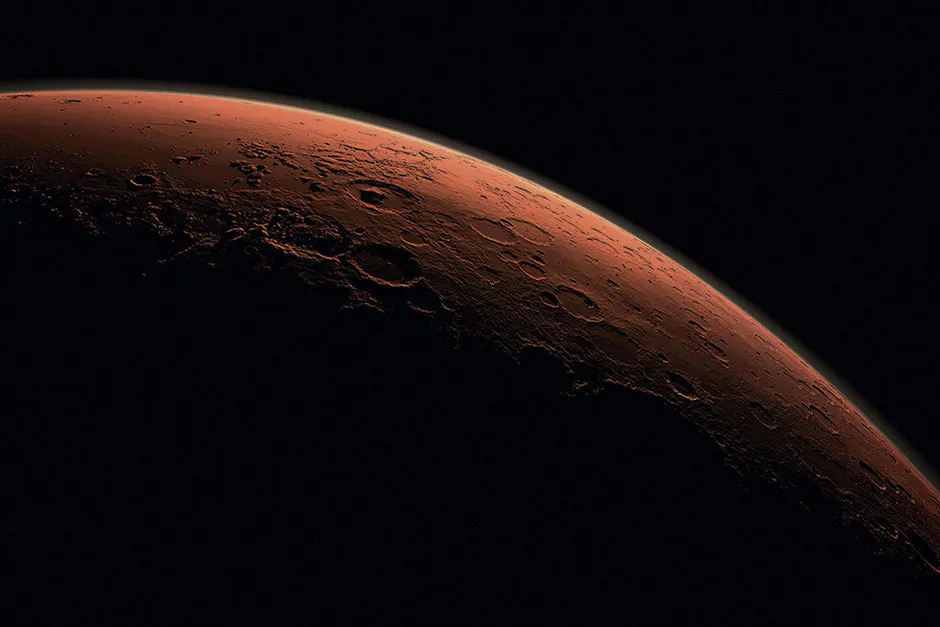
NASA’s Curiosity rover continued to deliver the goods in 2020, but perhaps its most tantalising discovery was that of organic compounds on the surface of Mars. The compounds, called thiophenes, are also found on Earth in coal, crude oil and white truffles, and their presence could indicate the existence of early life on the Red Planet.
In a paper published in March, Prof Dirk Schulze-Makuch of Washington State University and Dr Jacob Heinz of the Technische Universität in Berlin proposed that a biological process, most likely involving bacteria billions of years ago, may have played a role in the organic compound’s presence in the Martian soil.
“If you find thiophenes on Earth, you’d think they’re biological, but on Mars, of course, the bar to prove that has to be quite a bit higher,” said lead researcher Schulze-Makuch. “We identified several biological pathways for thiophenes that seem more likely than chemical ones, but we still need proof.”
Further evidence on the nature of these organic compounds is hoped to come from the Mars Organic Molecule Analyzer that will be fitted to the Rosalind Franklin rover, which is expected to launch in 2022.
8
Medicine made with CRISPR?
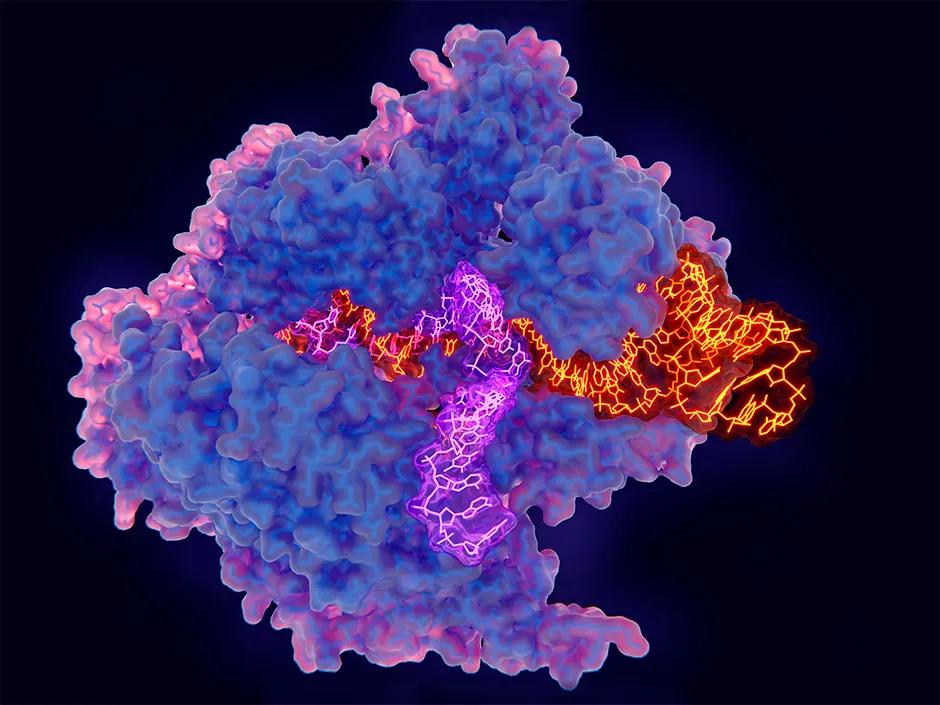
March saw the first trial of a CRISPR-created medical treatment. The low-cost gene-editing technology was used to make a potential treatment for Leber’s congenital amaurosis 10, a leading cause of blindness in children.
The CRISPR sequence has been designed to cut out the gene mutation that disables light-sensing cells. The trial, carried by pharmaceutical companies Editas Medicine and Allergan, hasn’t yet published its results.
9
Tantalising hints of life found on Venus

The world was shocked in September when an international team of astronomers announced that they’d detected phosphine in the clouds of Venus. It’s thought that the trace amounts of phosphine in Earth’s atmosphere are created by microbes. Lightning and volcanic eruptions can also produce phosphine, but not in the quantities found on Venus.
The prospect of finding what could be a by-product of life on Venus was shocking, because the planet is a hellscape. It’s wrapped in thick clouds of carbon dioxide and sulphuric acid, which trap the Sun’s heat and drive its temperature up to 471°C.
Another paper was rushed out in October suggesting that the phosphine discovery was a mistake. This paper was still under review at the time of writing, so the debate rages on.
10
Puppy love has ancient roots
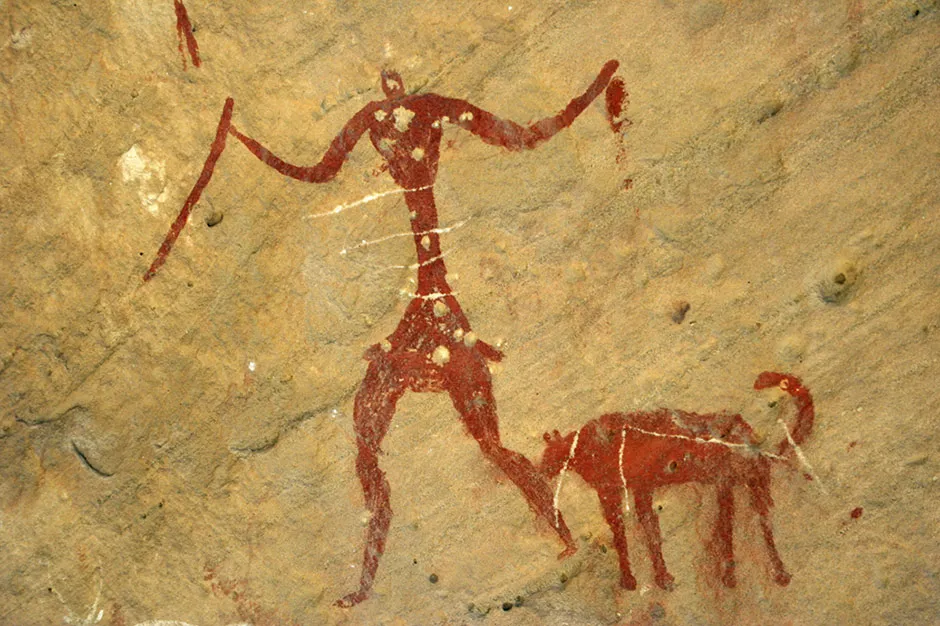
They say that dogs are our best friends – and it seems they have been our buddies for millennia. A study, published in October and led by scientists from the Francis Crick Institute in London, found that there were already five lineages of dogs nearly 11,000 years ago.
“Some of the variation you see between dogs today originated in the Ice Age,” said Dr Pontus Skoglund, a co-author of the study.
Some ancient humans loved their dogs so much that they took them with them when they moved. By comparing human and dog genomes, the scientists found that ancient Swedish farmers brought their dogs with them when they left the Near East, while other farmers from the Near East settled in Germany and befriended local pups who were better adapted to the environment.
11
Migraine breakthrough

In February, a team from the Universities of Birmingham and Lancaster published a study that found migraine-sufferers appear to have a hyper-excitable visual cortex.
The team examined 60 volunteers who were asked to rate a pattern according to how uncomfortable it was to look at, and noted any associated visual phenomena they experienced. The volunteers’ brain activity in response to the patterns was also monitored. The team found that a larger response was consistently found in the visual cortexes of migraine sufferers.
“Our study provides evidence there are likely specific anomalies present in the way the visual cortex of migraine sufferers processes information from the outside world,” said senior author Dr Ali Mazaheri.
12
3D-printed human heart made using stem cells
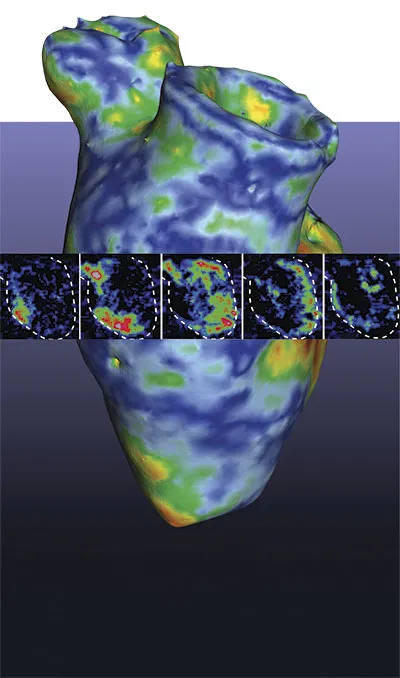
In a study published in July, researchers at the University of Minnesota reported that they’d successfully made a functioning, scaled-down, human heart pump using 3D printing.
The researchers 3D printed high densities of pluripotent human stem cells, which have the potential to develop into any type of cell, onto an extracellular matrix, then reprogrammed them to form heart muscle. Using this method, they were able to create a 1.5cm-long muscle that beats just like a human heart, in less than a month.
“I couldn’t believe it when we looked at the dish in the lab and saw the whole thing contracting spontaneously and synchronously, and able to move fluid,” said lead researcher Prof Brenda Ogle.
The mini heart is like a closed pouch, with both a fluid inlet and outlet, and allows researchers to measure how the organ moves blood within the body.
The team is now planning to use the model to study the effects of various types of damage and disease, as well as those of medicines and other therapies.
According to the British Heart Foundation, heart and circulatory diseases cause nearly 170,000 deaths in the UK each year.
13
Drop in dengue fever due to new mosquito

The infection rates of dengue fever in Yogyakarta, Indonesia, were cut by 77 per cent after scientists released modified mosquitoes into the wild, according to a paper published in August.
Dengue affects nearly 400 million people annually and kills 25,000. It is spread by the Aedes aegypti mosquito, which also carries Zika and other viruses. In the wild, mosquitoes that carry a bacterium called Wolbachia pipientis don’t spread viral disease, as the bacteria seem to inhibit viral replication.
The scientists created populations of A. aegypti carrying W. pipientis before releasing them into areas around Yogyakarta. The drop in infection rates is unprecedented and the World Mosquito Program is looking to get the World Health Organization’s endorsement to roll out the intervention where it’s most needed.
14
Neuralink goes the whole hog
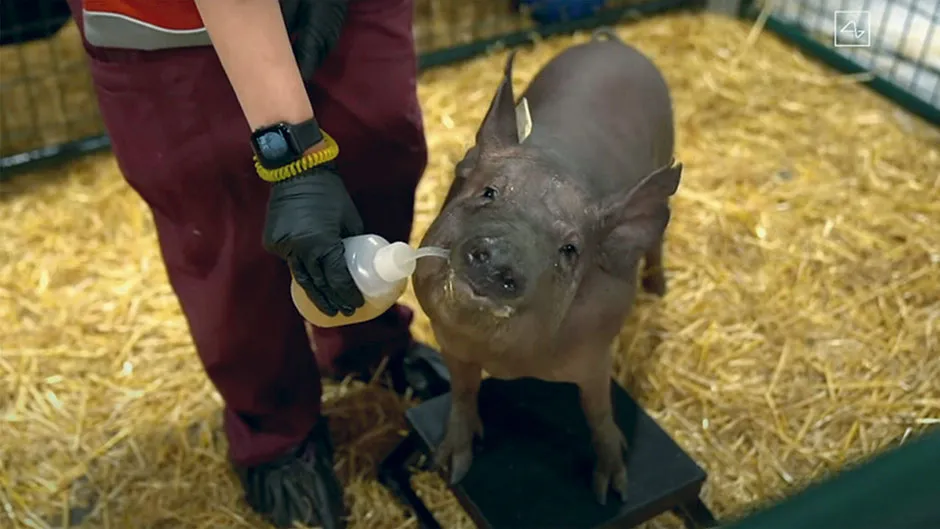
Elon Musk and his company Neuralink trotted out a pig with a coin-sized computer in her head during August. Gertrude the pig was being used to demonstrate Neuralink’s plans to build a brain-to-machine interface.
By emitting wireless signals, the implant can track the neural activity in the area of Gertrude’s mind linked to her snout.
15
Former astronaut reaches new depths

In June 2020, Dr Kathryn Sullivan, an American geologist, became the first woman to reach Earth’s deepest point and only the eighth person to go there at all. Sullivan visited Challenger Deep, the deepest part of the Mariana Trench – nearly 11km below the surface of the Pacific Ocean – with underwater explorer Victor Vescovo.
They travelled to the seabed in Vescovo’s two-person submersible Limiting Factor. Sullivan is an explorer by nature. A former NASA astronaut, she became the first American woman to walk in space in October 1984.
16
Most detailed map of the Universe

July saw the unveiling of the most detailed 3D map of the Universe ever created. Made by more than 100 astrophysicists, the Extended Baryon Oscillation Spectroscopic Survey (eBOSS) map used recent discoveries of faint galaxies to expand older charts.
Not only does eBOSS plot detailed measurements of over two million galaxies, but it also reveals how the Universe has changed over time. It indicates that the Universe’s expansion accelerated six billion years ago, possibly due to the force physicists call ‘dark energy’.
The map is expected to spur further research into the Universe’s expansion, including by DESI, the Dark Energy Spectroscopic Instrument project, which involves many eBOSS researchers.
17
Astronomers discover exoplanet where it rains iron
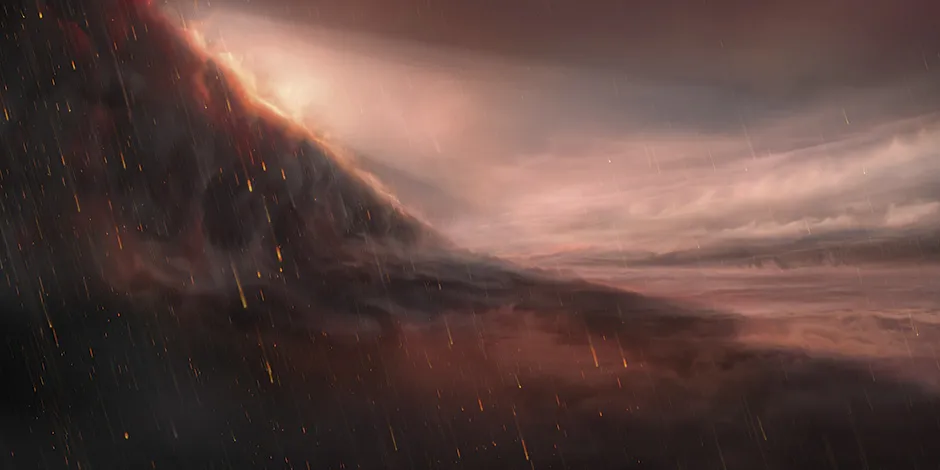
We might complain about the weather in the UK, but it’s nothing compared to WASP-76b.
Astronomers analysing this tidally locked exoplanet, which lies 640 light-years from Earth, announced their findings in a study published in March. Among them was the astonishing fact that WASP-76b’s star-facing side reaches soaring temperatures of 2,400°C, while its dark side ‘only’ reaches 1,500°C.
It’s so hot on the day side that metals like iron separate into atoms and evaporate. The extreme temperature difference drives powerful winds to the night side, where the iron cools, condenses and rains down onto the planet’s surface.
18
SpaceX flies crew to ISS
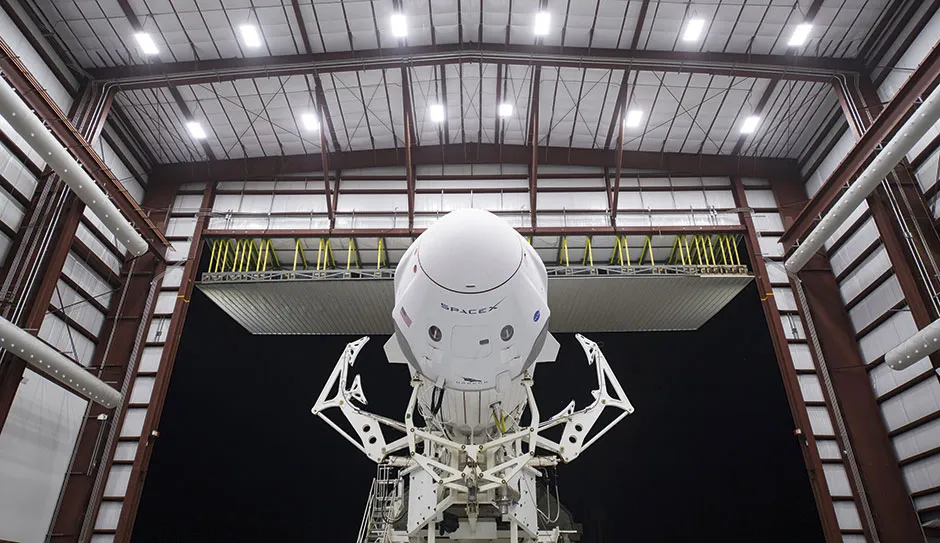
SpaceX became the first private company to send humans into orbit in 2020. After the close of the Space Shuttle programme in 2011, the Crew Dragon Demo-2 flight, which lifted off on 30 May, also marked the first manned mission to launch from US soil in nine years.
After a 19-hour flight, Doug Hurley and Bob Behnken, the NASA astronauts, travelling aboard the Crew Dragon capsule, docked successfully with the International Space Station (ISS).
“It’s been 18 years working towards this goal. It’s really hard to believe that it’s happened,” SpaceX founder Elon Musk said after the capsule docked.
Following this flight, SpaceX launched a further four astronauts (and a Baby Yoda toy) to the ISS in November. Another manned Crew Dragon flight is scheduled for March 2021.
19
Oldest material on Earth discovered
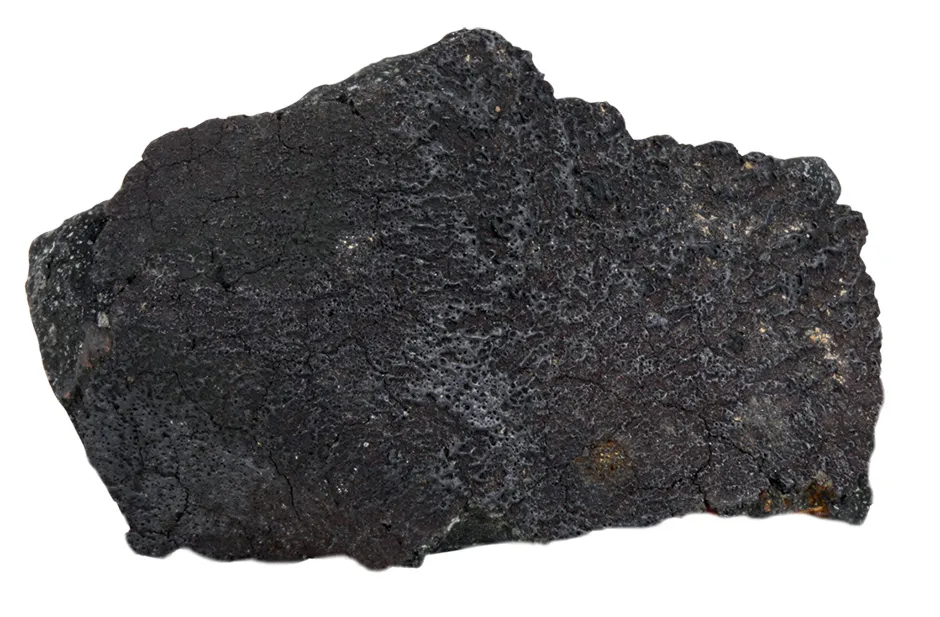
In January, scientists analysing a meteorite that fell to Earth in the 1960s discovered that some of material inside was seven billion years old – the Sun is ‘just’ 4.6 billion years old.
The space rock contains what’s known as pre-solar grains, fragments of stardust flung out by dying stars. The grains get trapped inside meteorites where they remain for billions of years, creating a time capsule of life before the Solar System formed.
To get to the pre-solar grains, the meteorite was crushed into a powdery paste, which smelt like “rotten peanut butter” according the scientists. The pungent paste is then dissolved in acid until all that’s left is stardust. “It’s like burning down the haystack to find the needle,” explained lead researcher Dr Philipp Heck.
To calculate the dust’s age, Heck and his team analysed how much cosmic radiation the material had been exposed to: the more cosmic rays it had been hit with, the longer it must have been in space. A substance this old will help scientists understand the early days of the Milky Way.
20
Dwarf planet Ceres contains reservoirs of water
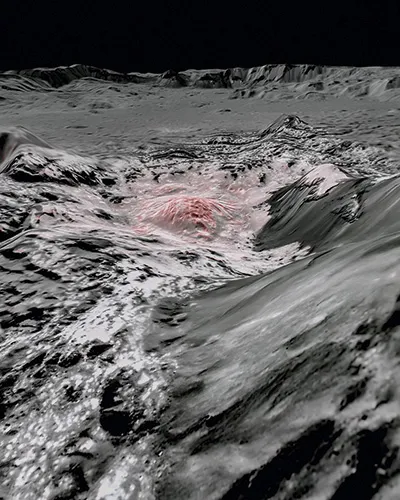
Studies published in August revealed the cause of the mysterious bright spots seen on Ceres. The white patches were spotted in images returned by NASA’s Dawn probe when it visited the dwarf planet, the largest in the asteroid belt between Mars and Jupiter, between 2015 and 2018.
Scientists had determined the patches to be salt (sodium carbonate) deposits, but further analyses have now led them to believe that the salt percolated up in water from a reservoir 40km (25 miles) underground. The water evaporated once it reached the surface, leaving the thick, crusty deposits of highly reflective salt.